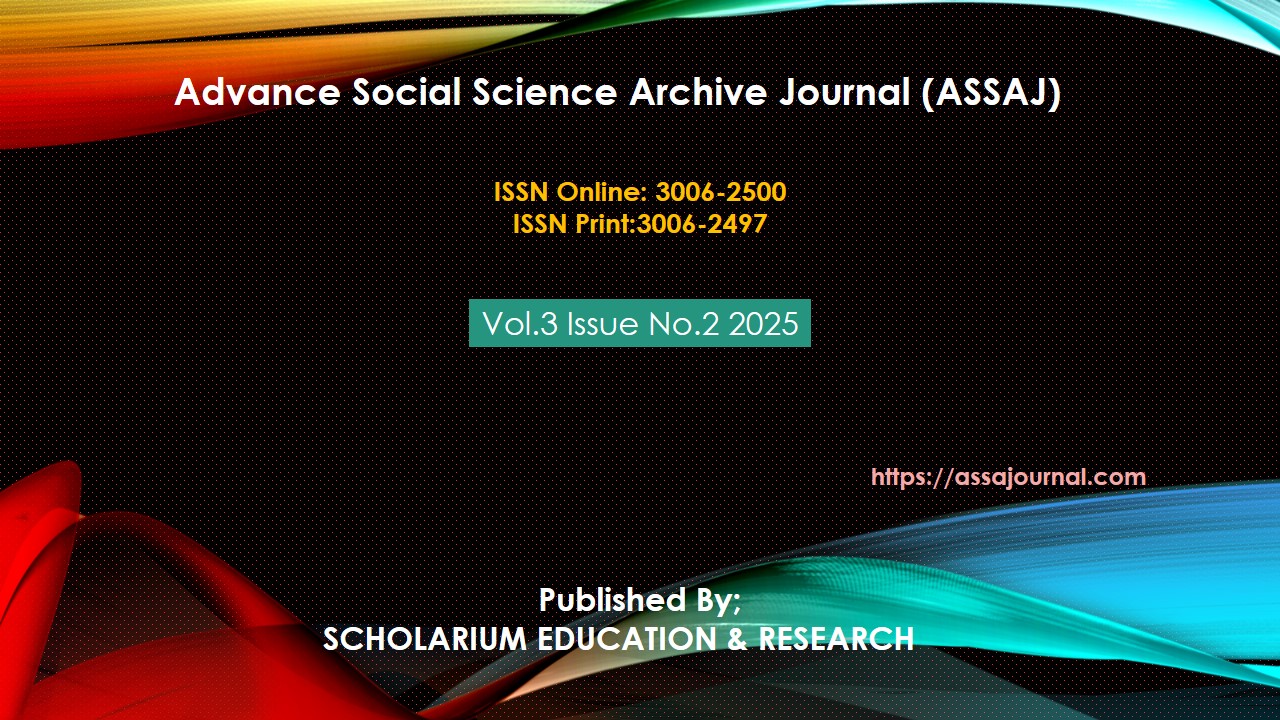The Abraham Accords and the Transformation of Middle Eastern Geopolitics: Motivations, Opportunities, and Challenges
Abstract
This paper critically examines the Abraham Accords as a transformative diplomatic initiative aimed at normalizing relations between Israel and several Arab states, thereby reconfiguring the geopolitical dynamics of the Middle East. It explores the motives of the signatory states including the US behind the Abraham Accords and analyzes the emerging opportunities, challenges, and the regional implications. Applying the theoretical framework of neo-liberal institutionalism, the study explores how cooperation is possible among states despite long- standing political disputes. A qualitative research methodology is employed to attain comprehensive and diverse insights regarding the impact of the Abraham Accords on the Middle Eastern region. Findings suggest that Abraham Accords have the potential to reshape historic tensions, diversify foreign policy strategies for Arab nations, and alter the geo-political dynamics in the Middle East. The long-term success of these Accords however, depends on the institutionalization of the normalization process and resolution of the Israel-Palestine conflict.
Key Words: Abraham Accords, Middle East, Opportunities and Challenges.





